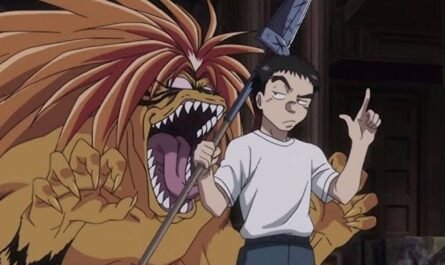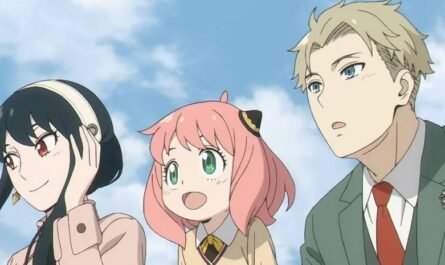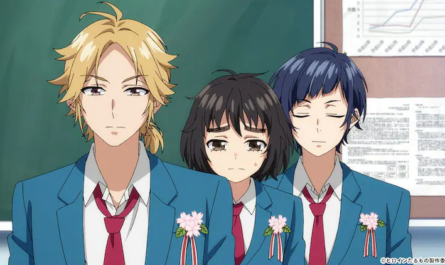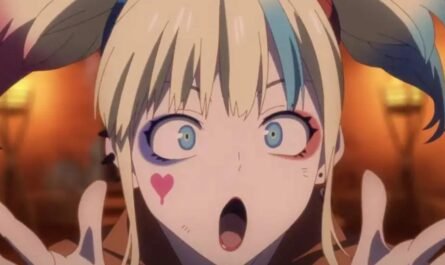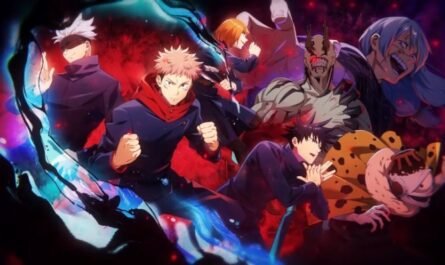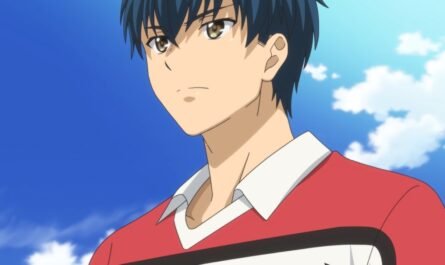The “negotiations of a certain Japanese man” that made the Moomin animation possible
In Japan, Mushi Productions led the anime industry with works such as “Astro Boy” in 1963, “Jungle Emperor Leo,” “Ribbon Knight,” and “Dororo.” This was followed by Toei Animation (now Toei Animation) with “Ken the Wolf Boy” and “Sally the Witch” and TCJ with “Tetsujin 28”, “Space Boy Solan,” and “Sasuke.”
The dawn of the age when TV anime continued to be produced mainly by these three companies. In such an era where “SF and action anime for children” was the main focus, the project of a completely different genre, “picture books and manga by Finnish authors,” may have been mainly due to the personal wishes of TCJ Takahashi.
At the time, Takahashi found out that Kodansha published the Japanese version of Moomin picture books (Kodansha had imported the first Japanese translation of picture books in 1965, and Kodansha had translated 5 to 6 books) and rushed to Kodansha without an appointment. When he asked his editor, he learned that the rights negotiations were done through an agency and that he only had publishing rights, not secondary rights such as animation. He then sent a letter directly to Tove with a prototype drawing of Moomin and began negotiations for animation (note 3).
Tove herself was optimistic about the proposal, but it was a time when TCJ would not have permitted things like overseas business trips. While he was pondering what to do, TCJ was about to separate its animation department in 1969 (this was Eiken, now a subsidiary of ADK), and Takahashi left the company to set up an animation planning company called Zuiyo Enterprises (now Zuiyo) (note 3).
Takahashi used all of his retirement money from TCJ for travel expenses. He traveled to Sweden at his own expense and met Tove, who had come from Finland. With the help of an interpreter, they awkwardly exchanged contracts, and so began “the first Nippon Television anime work by a foreign author” (note 3). Note 3: Kaori Chiba. The day Heidi was born. 2017



